Since 2018, when then-US President Donald Trump launched a trade war with China, multinational corporations and foreign companies have considered diversifying their supply chains to avoid dependence on the "world's factory" for the past 40 years. Moreover, the Covid-19 pandemic, along with geopolitical fluctuations in the world, especially the Russia-Ukraine conflict, has exposed the vulnerabilities of the supply chain due to over-dependence on one location.
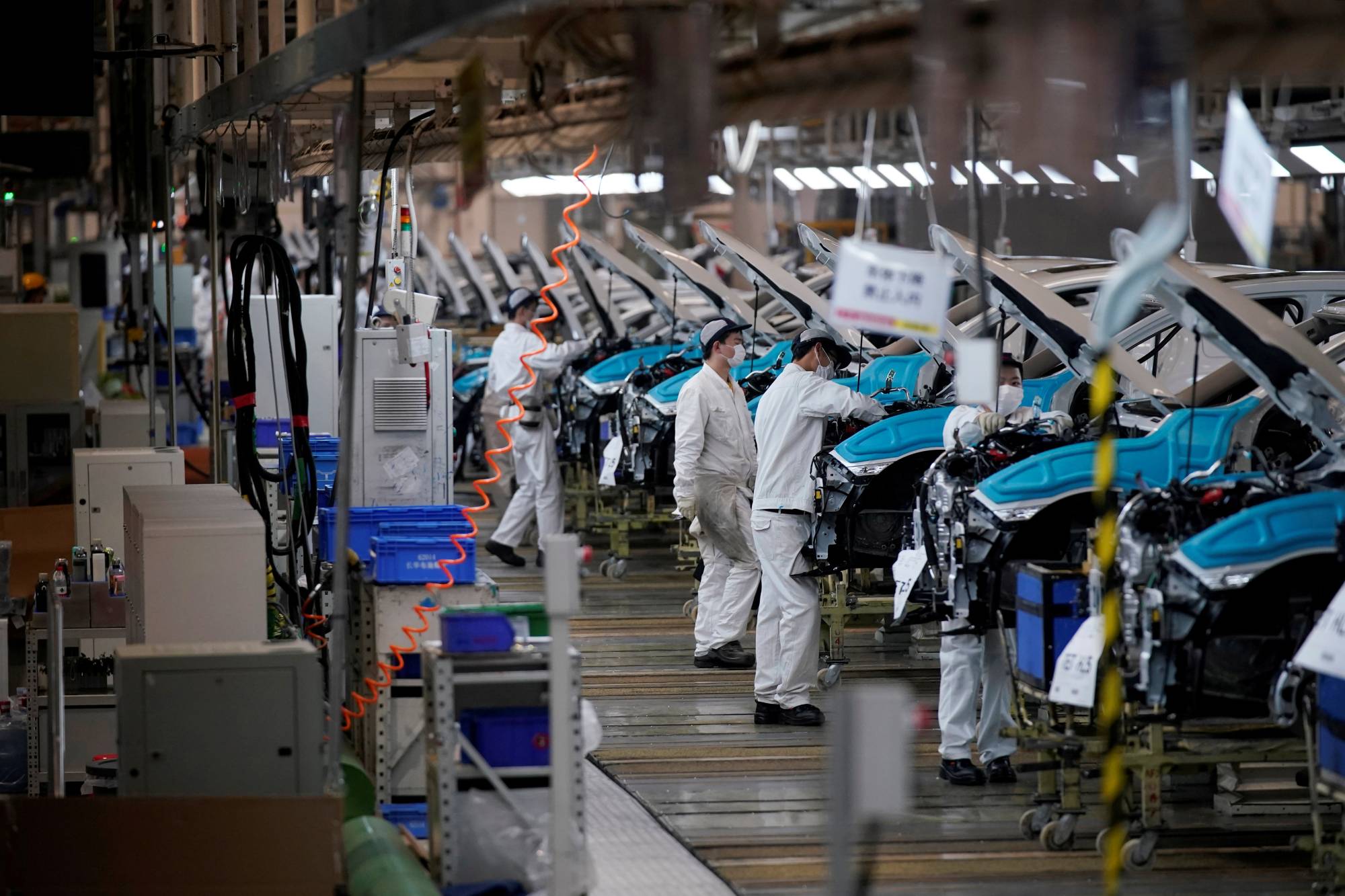
Workers work on a car production line in Wuhan, China
In recent times, corporations such as Apple and Mazda have been determined to diversify their supply chains by looking to other production centers in Asia with lower costs such as Vietnam and Bangladesh. However, things are not simple because over the past four decades, China has become a processing center for Western manufacturers and both sides have benefited significantly from this relationship.
China reduces imports
According to Business Insider , although finished goods production is moving out of China, the supply chain is not yet decoupled from the country. Trade data shows that Chinese manufacturers are assembling fewer finished goods at home. Instead, they are shipping processed materials and intermediate products to Southeast Asia to assemble finished goods before exporting. That means the supply chain is still tied to China even though production is moving to other markets.
Supply chains are part of an ecosystem, and to serve production in China, raw materials or intermediate components need to be sourced from elsewhere. However, multinational corporations and companies are shifting production away from China, causing exports to countries that supply intermediate products to China in Asia and elsewhere to decline.
According to the report "Is Asia gradually separating from China?" published on September 8 by economists at Nomura Holdings Financial Group, the proportion of processed component exports from markets such as South Korea and Hong Kong to the Chinese market has decreased by 2% within 26 months (from April 2021 to June 2023). China's purchase of raw materials and intermediate products from most Asian countries has also decreased significantly in recent times.
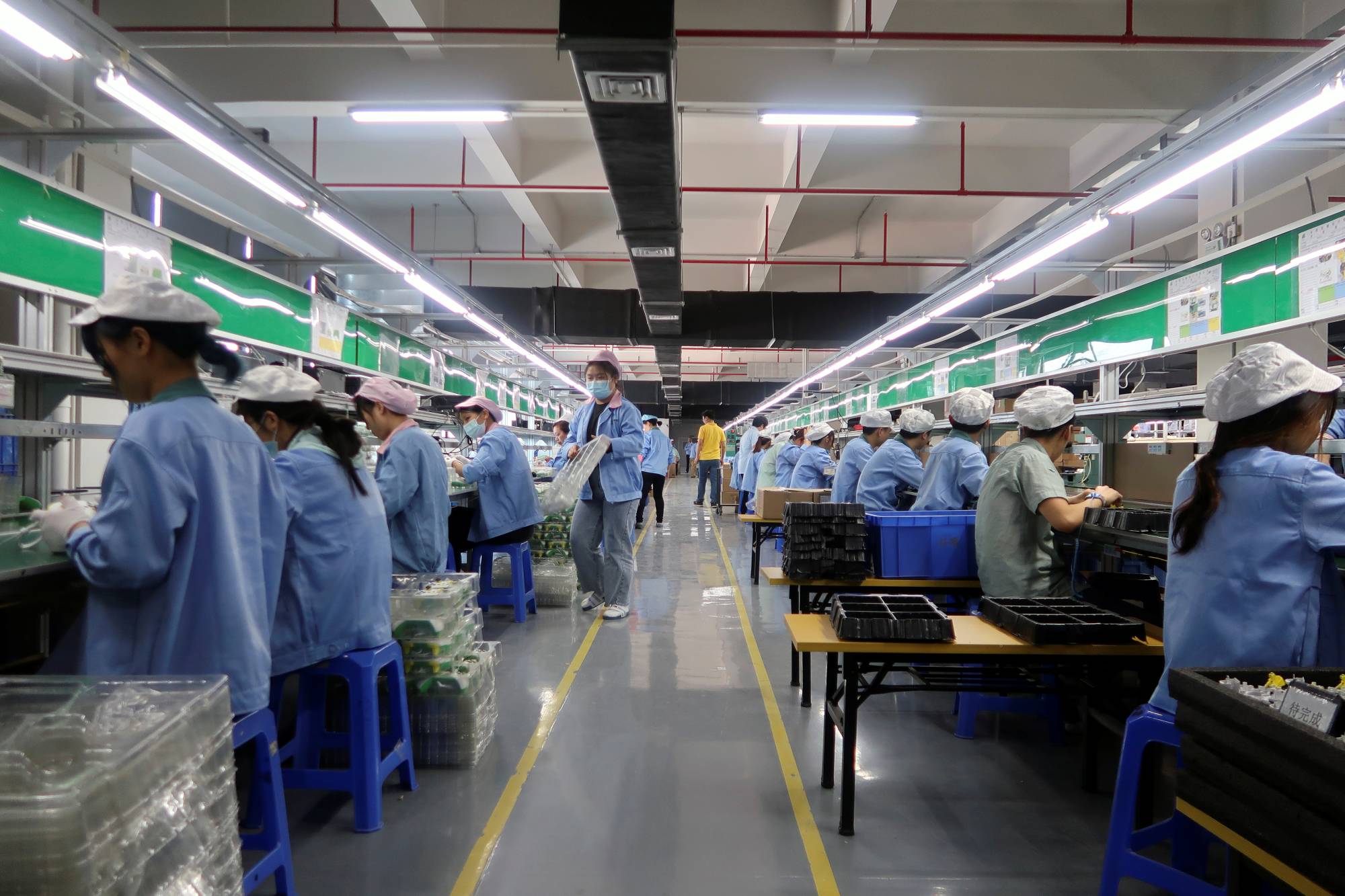
Employees at a US company's handheld game console factory in Guangdong, China
Analysts say the slowdown marks the biggest decline in China’s imports of raw materials and intermediate products in two decades, reflecting a shift in supply chains away from the country. India and Asia (excluding Japan) have seen their share of exports to China decline significantly over the past five years, according to Nomura chief economist Sonal Varma.
In addition, even Chinese companies are moving their supply chains out of their home country to avoid risks. In April 2023, the Financial Times quoted Lu Yucong, chairman of China's largest water heater maker Guangdong Vanward New Electric, as saying that US companies had specifically asked them to build factories overseas "to continue cooperation".
Export to Southeast Asia for assembly
Although much of Asia appears to be “decoupling” from China, trade between Southeast Asian countries and China is increasing, with a focus on countries that have close economic or political ties with China.
A report by HSBC bank published in September shows that since the beginning of 2023, China's exports to Southeast Asian markets have still been greater than those to the US and European markets, reaching nearly 600 billion USD/month. This change is partly due to China adjusting its economic policy according to the "Dual Circulation" economic strategy, which prioritizes promoting economic links with countries in the region over other markets. This shift is partly due to products originating from China being transferred to some Southeast Asian countries for assembly before being exported to end-use markets such as the US and Europe.
This is also the assessment that researchers at the Carnegie Asia Program made in April. Two researchers, Yukon Huang and Genevieve Slosberg, found that although China's share of total imports into the US has decreased from 22% to 17% in the period 2017 - 2022, Beijing is behind the supply of components and raw materials for other countries' exports to the US. That means: "China may be exporting less directly to the US, but they are exporting more indirectly."
Separation is not a matter of "one morning, one afternoon"
Analysts say China is likely to continue to play a large role in the global supply chain. Despite hopes or dreams of “decoupling” China, the world’s second-largest economy is likely to continue to play a large role in global trade, even if indirectly.
Business Insider has reported that while Apple and all tech companies have made moves in recent years to reduce their reliance on China, it is not easy. It is estimated that it would take Apple about eight years to move 10% of its production out of China.
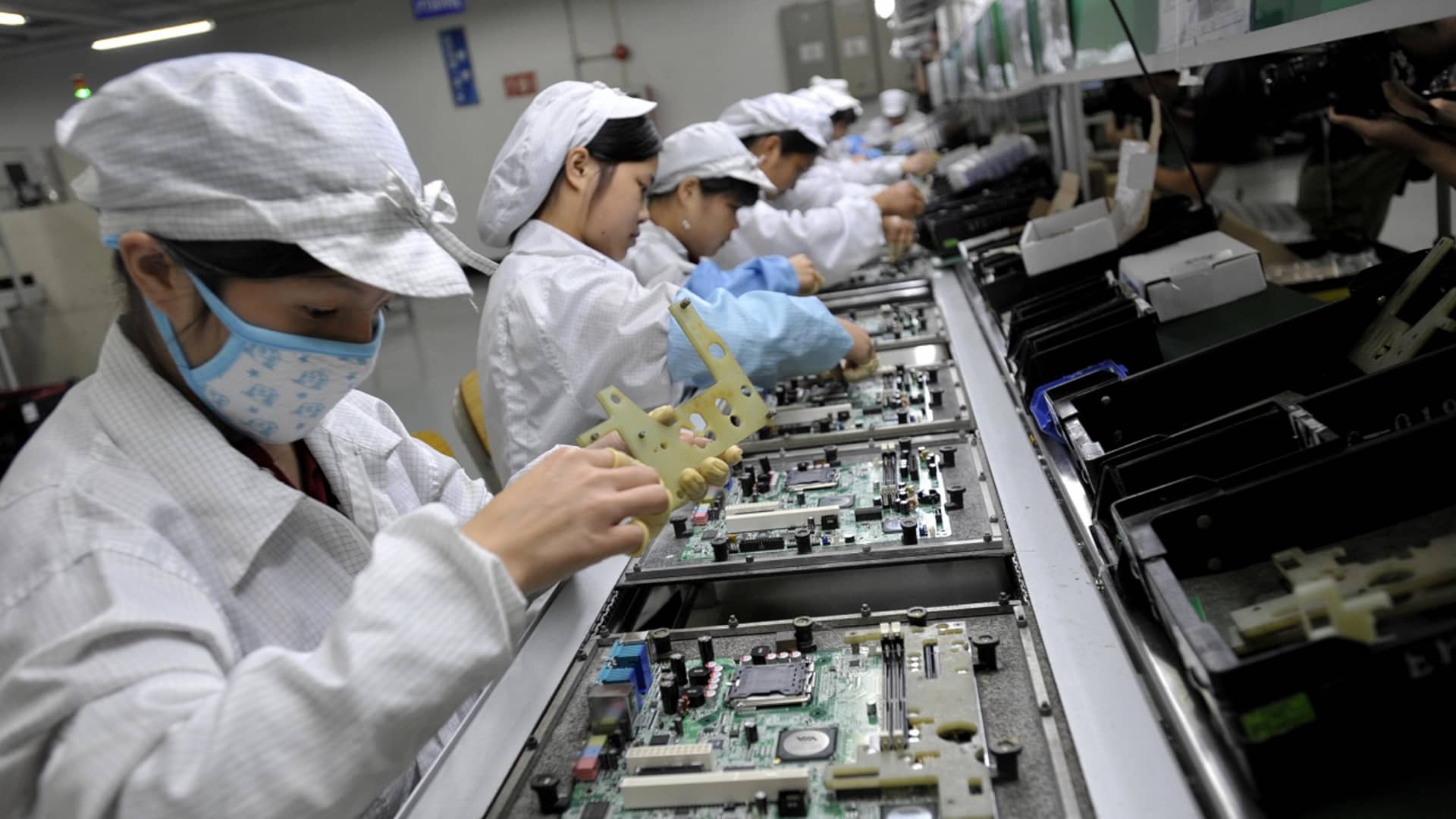
Chinese workers work at a factory of Foxconn, a top Apple supplier.
Speaking to Business Insider , Misha Govshteyn, CEO of Houston-based MacroFab, said companies are shifting production to other countries in Asia and North America to diversify their supply chains to save costs and reduce risks. In the process, they are also asking suppliers to diversify their supply chains. However, he emphasized that: "China will always be an important part of global trade."
Over the past four decades, China has built, improved, and perfected its supply chain, and ending the era of "Made in China" is not easy. Moving the supply chain of corporations and companies from China to Asia or some to the US is not something that can be completed in a year or two, especially when taking into account factors such as the cost of moving factories, workers, equipment, opportunity costs, and the time to rebuild the supply network.
Moreover, China still holds large supply centers, possesses logistics services, human resources, specialization and intellectual property protection much better than Southeast Asian countries, India and Mexico. Therefore, whether directly or indirectly, this country still plays an important role in the global supply chain in particular and global trade in general.
Source link




![[Photo] Prime Minister Pham Minh Chinh chairs conference on breakthrough solutions for social housing development](https://vphoto.vietnam.vn/thumb/1200x675/vietnam/resource/IMAGE/2025/10/24/1761294193033_dsc-0146-7834-jpg.webp)
![[Photo] Solemn funeral of former Vice Chairman of the Council of Ministers Tran Phuong](https://vphoto.vietnam.vn/thumb/1200x675/vietnam/resource/IMAGE/2025/10/24/1761295093441_tang-le-tran-phuong-1998-4576-jpg.webp)
![[Photo] Prime Minister Pham Minh Chinh and South African President Matamela Cyril Ramaphosa attend the business forum](https://vphoto.vietnam.vn/thumb/1200x675/vietnam/resource/IMAGE/2025/10/24/1761302295638_dsc-0409-jpg.webp)
![[Photo] President Luong Cuong chaired the welcoming ceremony and held talks with United Nations Secretary-General Antonio Guterres](https://vphoto.vietnam.vn/thumb/1200x675/vietnam/resource/IMAGE/2025/10/24/1761304699186_ndo_br_1-jpg.webp)
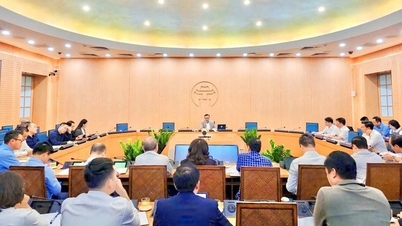












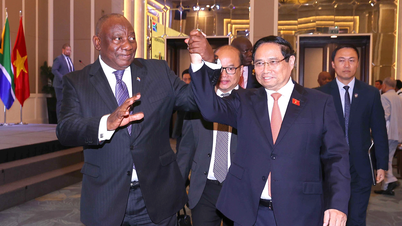













































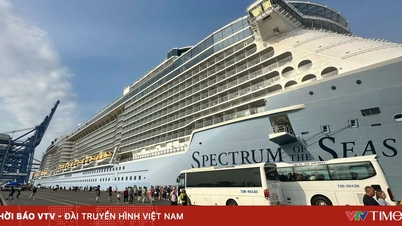




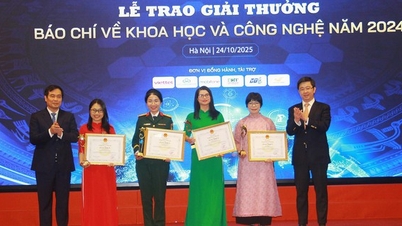


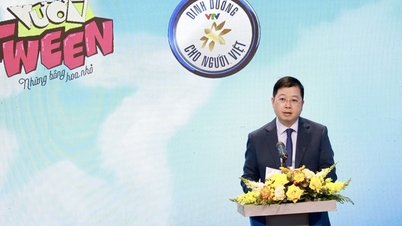







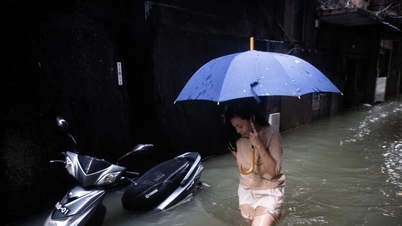
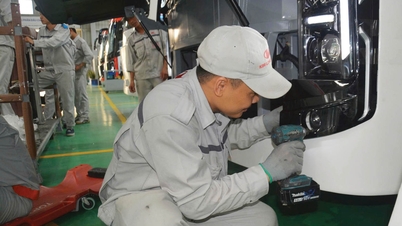


















Comment (0)